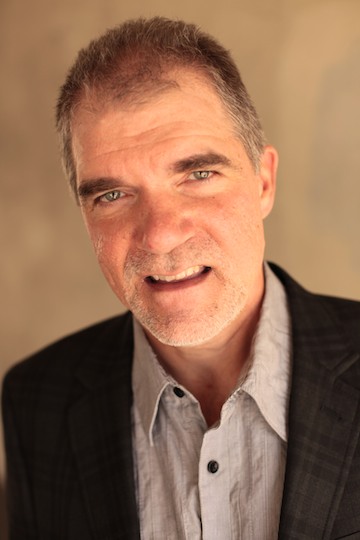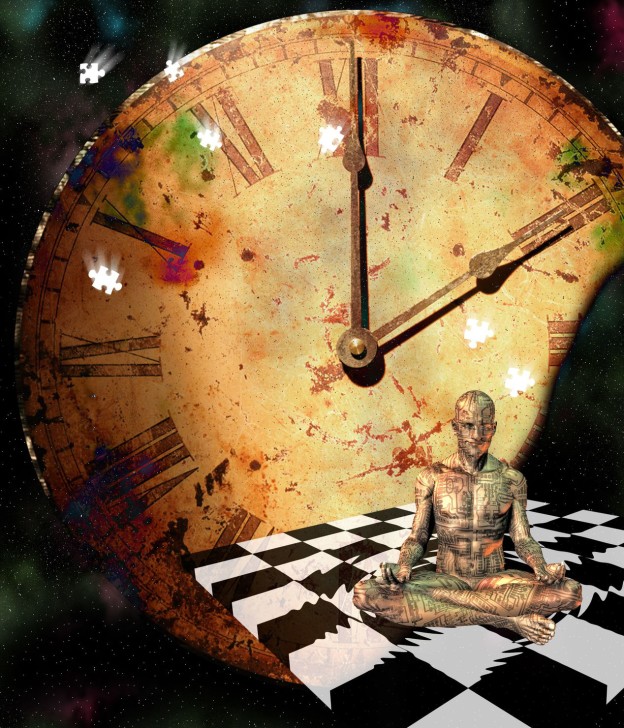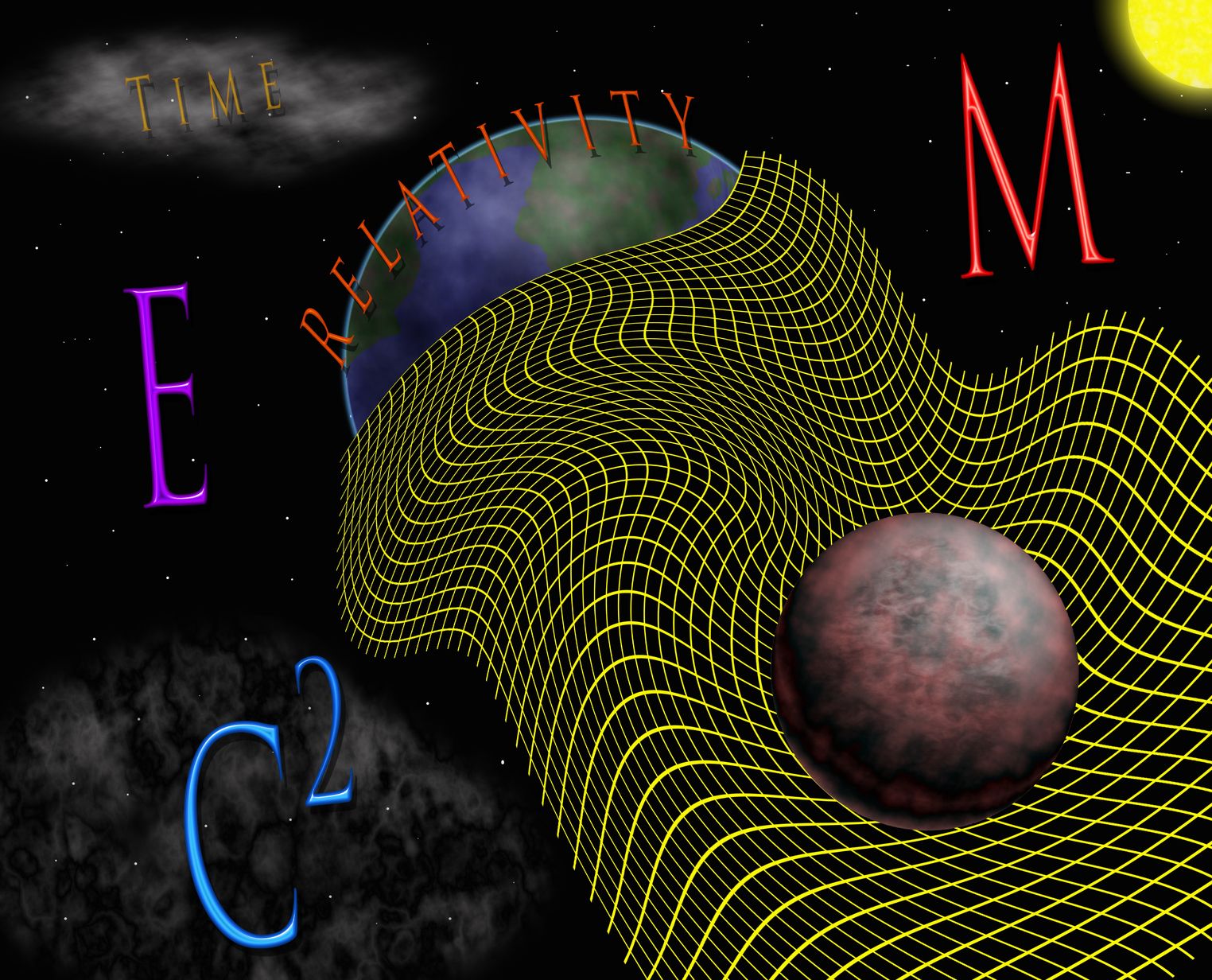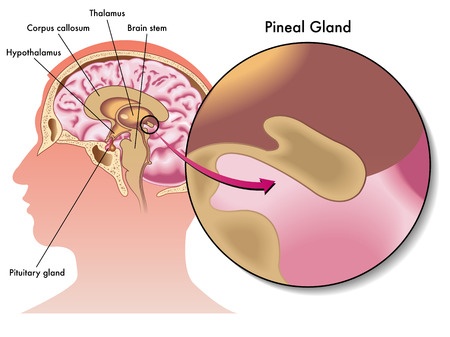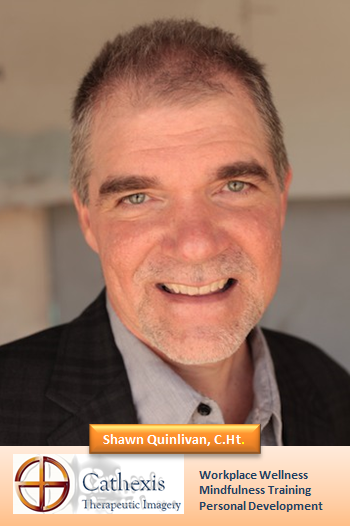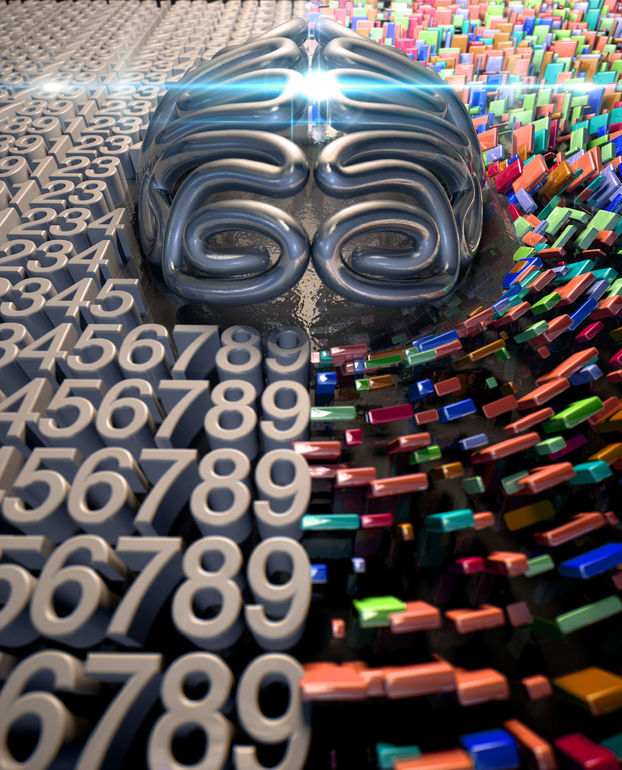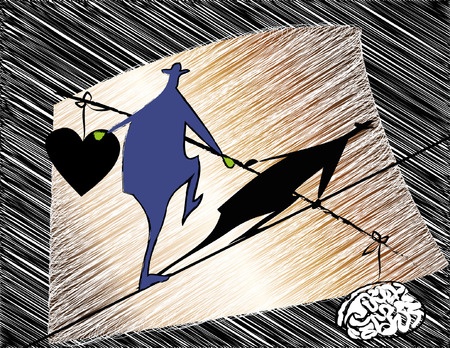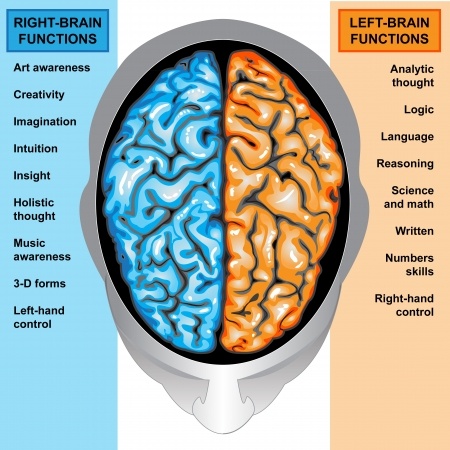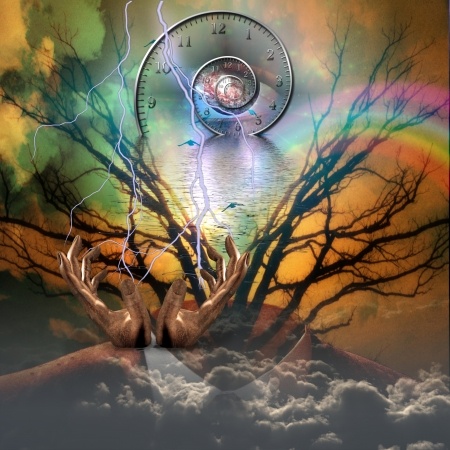Storytelling is a healing art and mankind’s oldest form of psychology. Stories have the power to calm, heal, rejuvenate—to invoke deeper comprehension and reflection while inviting a shift in perspective. Ancient cultures revered storytelling, which was a sacred practice reserved for the learned and holy men, and served as a powerful medium for helping tribes and clans cope with the hardship of survival.
The Hero Within
On a psychological and spiritual level, we profoundly resonate with tales of crisis, conflict and transformation. We individually and collectively identify with the hero of the story, who overcomes insurmountable obstacles in a confluent realization of innate potential and purpose. The storytelling traditions of our indigenous ancestors are the foundation of the hero’s journey, which evolved into the archetypal right of passage common to world mythologies.
“A hero ventures forth from the world of common day into a region of supernatural wonder: fabulous forces are there encountered and a decisive victory is won: the hero comes back from this mysterious adventure with the power to bestow boons on his fellow man.” ~Joseph Campbell, from ‘The Hero With A Thousand Faces’
The metaphor of an unfolding adventure of discovery, one which presents confounding problems and challenges—each representing a threshold of realization and growth—subconsciously motivates us to reconsider the powers of faith and possibility in our lives, inspiring new viewpoints of ourselves and the world around us. Indeed, stories are how we make sense of ourselves.
Leadership Tales
There are three primary elements of story that play into the human experience:
- Identity: A context to interpret the past and anticipate the future
- Integration: A narrative for affirming life meaning and purpose
- Socialization: A dialogue with which to interact with others
Research in psychology has shown that people realize meaning and purpose in their lives through personal stories; this is especially true in tales of individual redemption through which pain and suffering are transformed into self enlightenment, and then conferred as a benefit to others. (See ‘The Redemptive Self’ by Northwestern University psychology professor Dan McAdams here).
This is why storytelling is fundamental to leadership, especially the trial and redemption aspect, which provides the backdrop of crisis, conflict and transformation necessary to resonate with the listener’s inner hero. Incorporating these elements engages and motivates others to consider why they should change their world, while at the same time opening their receptivity as to how that might be achieved.
An effective leadership tale compels people to experience and examine their values on an emotional basis rather than as abstract principals, inspiring a calling to action of their own leadership qualities and ability. This personal inspiration is then integrated through social interaction to become part of the organizational identity, exemplifying why storytelling is one of the most powerful leadership tools of organizers and movement builders.
Therapeutic Imagery
According to research by psychology professor Jonathan Adler, PhD, therapy patients who experience themselves—rather than the therapist—as the focal point of the story, show the most improvement (see American Psychological Association publication, ‘Our Stories, Ourselves’ here). This is the fundamental principle of Therapeutic Imagery, which is a mindfulness meditation modality that facilitates imagination and visualization with all the senses.
A large and growing body of research demonstrates the efficacy of mindfulness meditation modalities in treating various medical and mental health related conditions. Therapeutic Imagery is particularly effective for wellness, mindfulness training, and personal development initiatives such as:
- Increasing Emotional Intelligence
- Managing Stress & Anxiety
- Overcoming Physical Debility & Relieving Pain
- Resolving Psychological Trauma
- Treating Autoimmune Conditions
 The predisposition of the subconscious mind to interpret imagery in story form, and the persuasive power of stories to dramatically shape thoughts, memories and emotional attachments, is the heart of this artistic and extremely client friendly approach. Universal symbols, mythological archetypes, and personal metaphors empower new and enlightened encounters with personal challenges, stimulating self-discovery and a meaningful rescripting of life stories.
The predisposition of the subconscious mind to interpret imagery in story form, and the persuasive power of stories to dramatically shape thoughts, memories and emotional attachments, is the heart of this artistic and extremely client friendly approach. Universal symbols, mythological archetypes, and personal metaphors empower new and enlightened encounters with personal challenges, stimulating self-discovery and a meaningful rescripting of life stories.
Why The Medicine Works
Sometimes words such as ‘problem’ and ‘challenge’ elicit the need to visit our misfortunes. Stories help us stay positive and focus on the ways in which our struggles are born of personal choices. We learn to recognize attitudes and beliefs that are limiting and self-defeating. We begin reframing our narrative of self. Instead of pulling ourselves up by the bootstraps, we endeavor to climb mountains. The ability to inspire ourselves and others prompts us to take leadership roles and embrace opportunities to serve. Indeed, stories affirm that we each possess the innate ability and determination, the courage and wisdom, the compassion and force of will to be leaders and heroes in our own lives.
©2015 Shawn Quinlivan, C.Ht. & Cathexis Therapeutic Imagery. All Rights Reserved.
Cathexis Therapeutic Imagery specializes in innovative approaches to workplace wellness, mindfulness training, and personal development. Via private coaching, presentations, workshops, training events, and our partnership in the unique online wellness community Your Wellness Room—used by Kaiser Permanente, EFactor and other notable companies—our nationally recognized programs and practices help people and organizations make positive changes. Please call for a free consultation at (818) 512-4371 or contact us via email.


